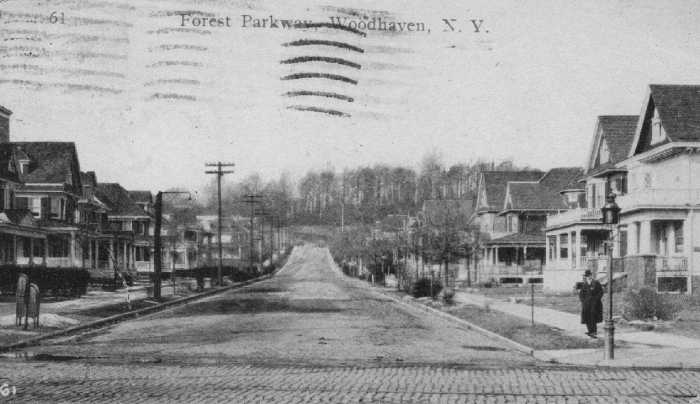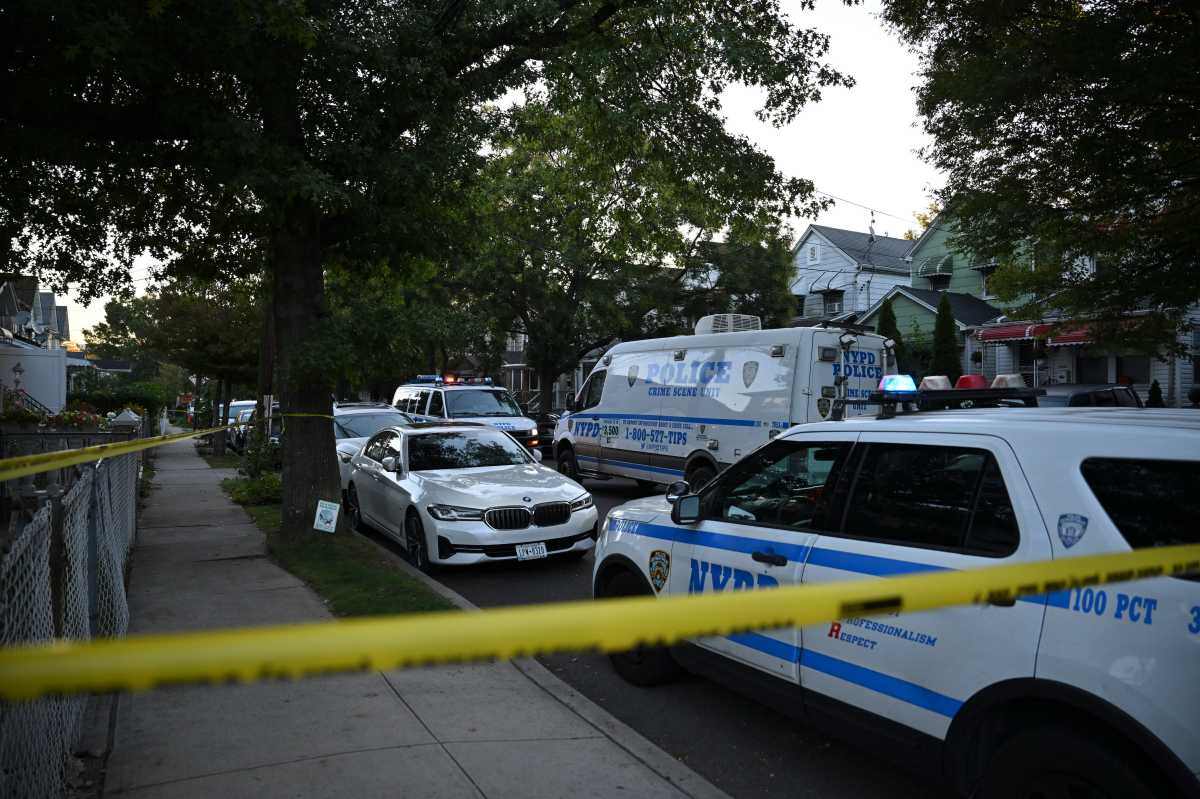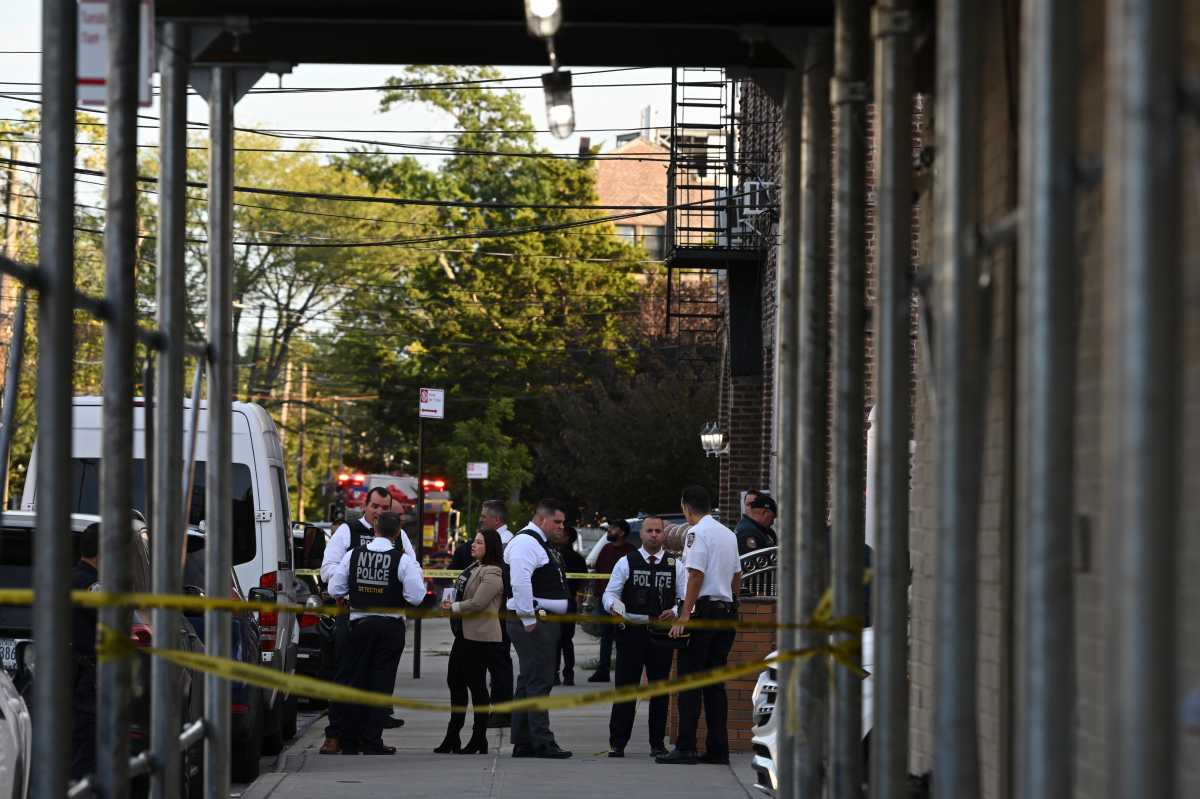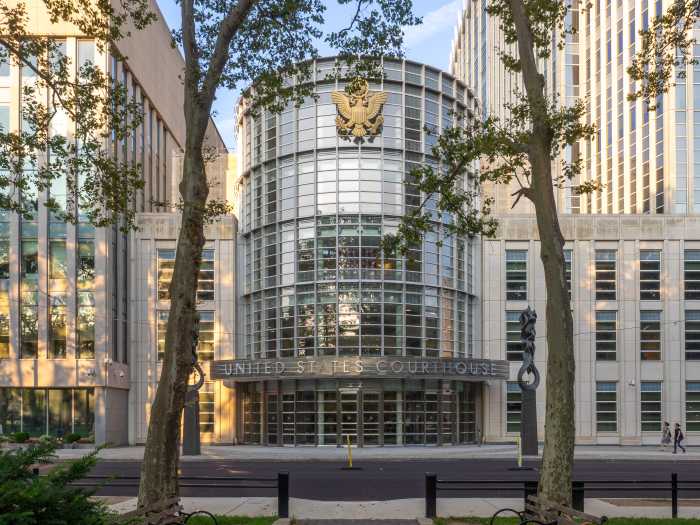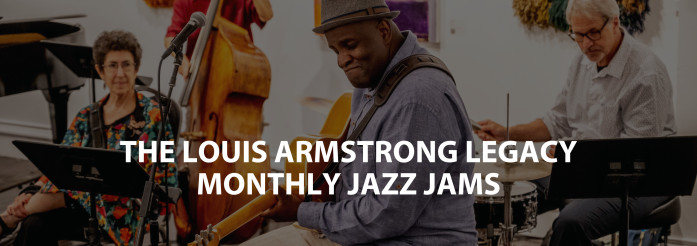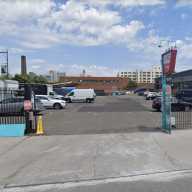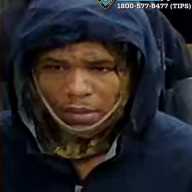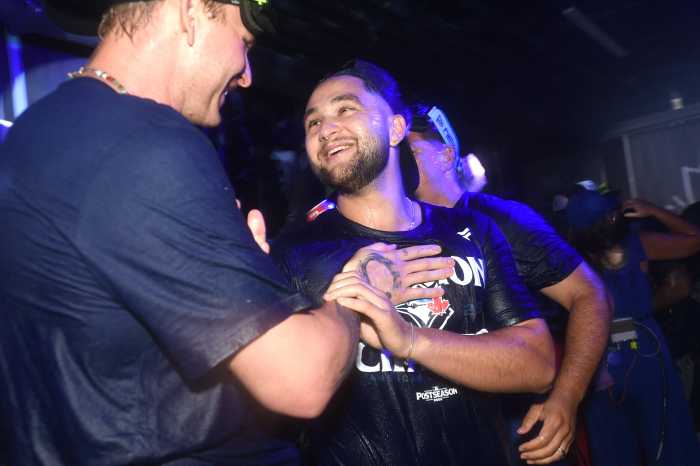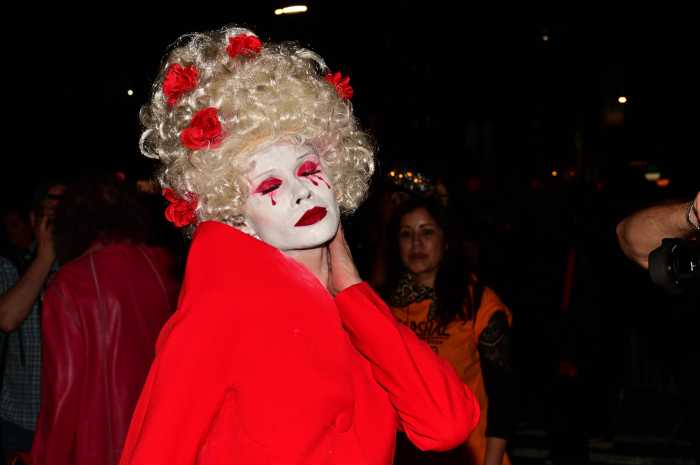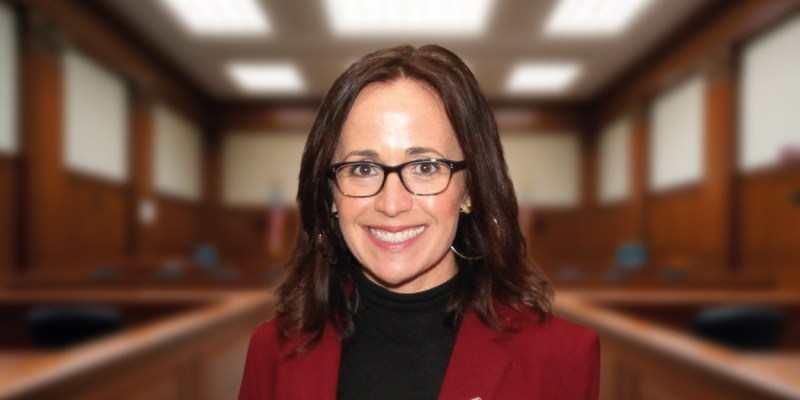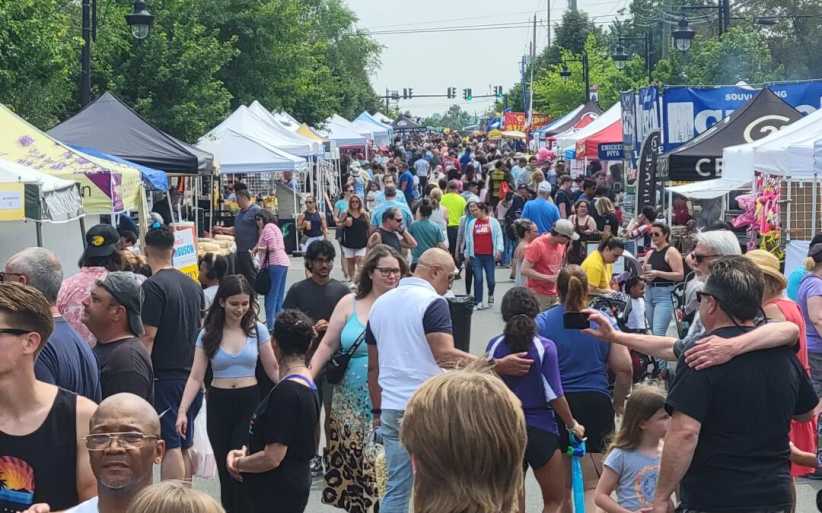By James DeWeese
“I go to Rikers Island – I'm an African American – and all I see is young black men,” Marshall said during an interview with the TimesLedger Newspapers at her Borough Hall office last Thursday. “Justice needs to be investigated also.”
African Americans often become the undeserving focal point of police action, she said, while pointing out that few black men from her husband's generation had not been arrested.
“I grew up in New York City. I did stand on corners sometimes,” Marshall said. But groups that hang out on the block become targets not only for bad influences who try to corrupt them but for the police who sometimes do not discriminate between the two.
“Driving While Black, all that's real,” said Marshall, Queens' first black borough president.
Marshall recalled talking with her son about blacks being stopped at random by the police. Her son, a father and an engineer who lives in California, told her it happened to him more than once when he was with his friends.
But there was no reason to worry, he assured her, because “we just get very middle class.”
She also spoke of a black man with a mental disability who showed up to trim a neighbor's tree and wound up being arrested after the woman who lived there spotted but failed to recognize him and then called the police.
The man, who was liked and well-known around the neighborhood, spent four days in jail, Marshall said. “He froze up. He couldn't even say his telephone number.”
Marshall hinted that the outcome might have been different if the man were not black.
“Justice is not complete yet, OK,” Marshall said.
But Marshall pointed out that the Police Department as a whole cannot be classified as racist.
“I have policemen in my own family,” she said. “You cannot just say the police are racist. It's the individual officer. They come in that way.”
Many police are recruited from outside the city, drawing heavily on the less diverse suburban areas that surround New York, she said.
“If you've been living in a community where you hardly have any minorities at all and all they do is read about what you people (the press) say about minorities, it can be pretty scary,” Marshall said of officers arriving from outside the city.
One step toward addressing the issue might be to change the department's recruitment tactics, Marshall said.
She said she supported a residency requirement for New York City's police force.
Breaking down the barriers between police and residents that can lead to misunderstandings is further complicated by a dramatic rise in immigration, Marshall said.
The department is taking some steps to ease the problem, particularly in the East Elmhurst neighborhood Marshall calls home. Several months ago, for example, the 115th Precinct, which services East Elmhurst, North Corona and Jackson Heights – the most diverse region of the city – introduced Language Line phones. The special cell phones put police in immediate contact with live translators to help them communicate with crime victims.
Ultimately the solution, Marshall said, is more police coupled with the reintroduction of community-based policing techniques that were eliminated under former Mayor Rudolph Giuliani.
“While we had it, it was stupendous and it's really the solution to all the profiling,” said Marshall, who recalled a close relationship between residents in the Bronx community where she grew up and the policemen who worked that beat.
Now things are different. Many of the special police task forces aimed at addressing specific crimes “just land in a community and raid the place,” she said.
“I believe that Mayor Bloomberg is a lot more friendly,” Marshall said, comparing the policies of the current and former mayors.
Reach reporter James DeWeese by e-mail at news@timesledger.com, or call 718-229-0300, Ext. 157.

